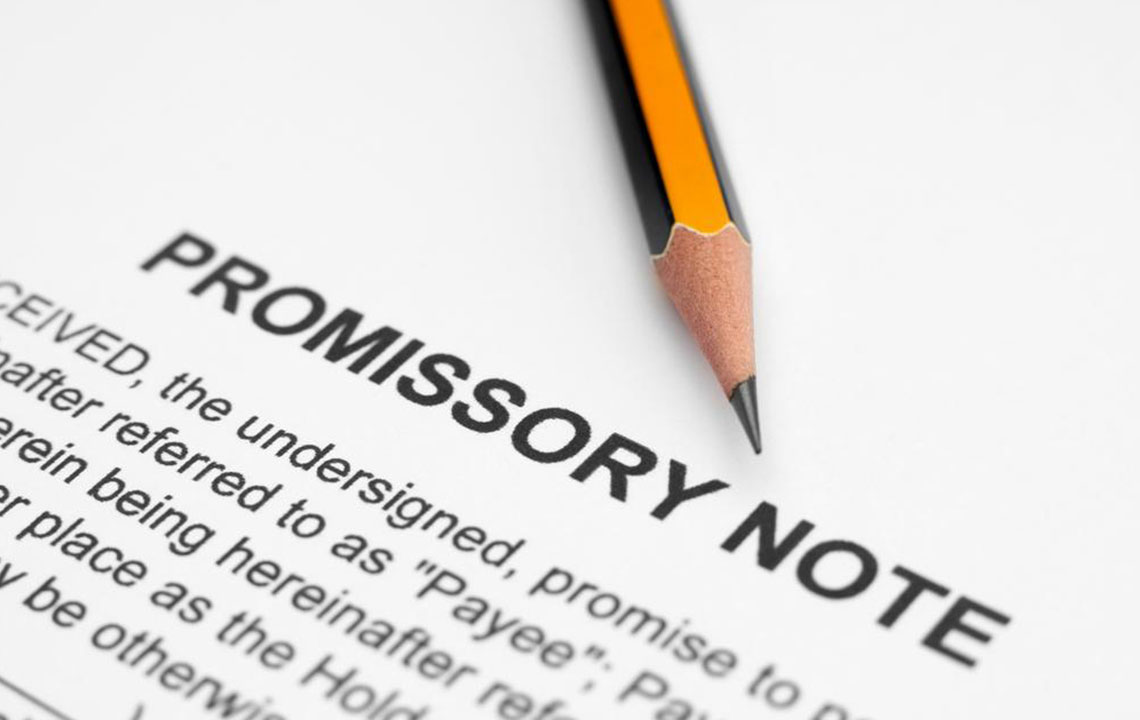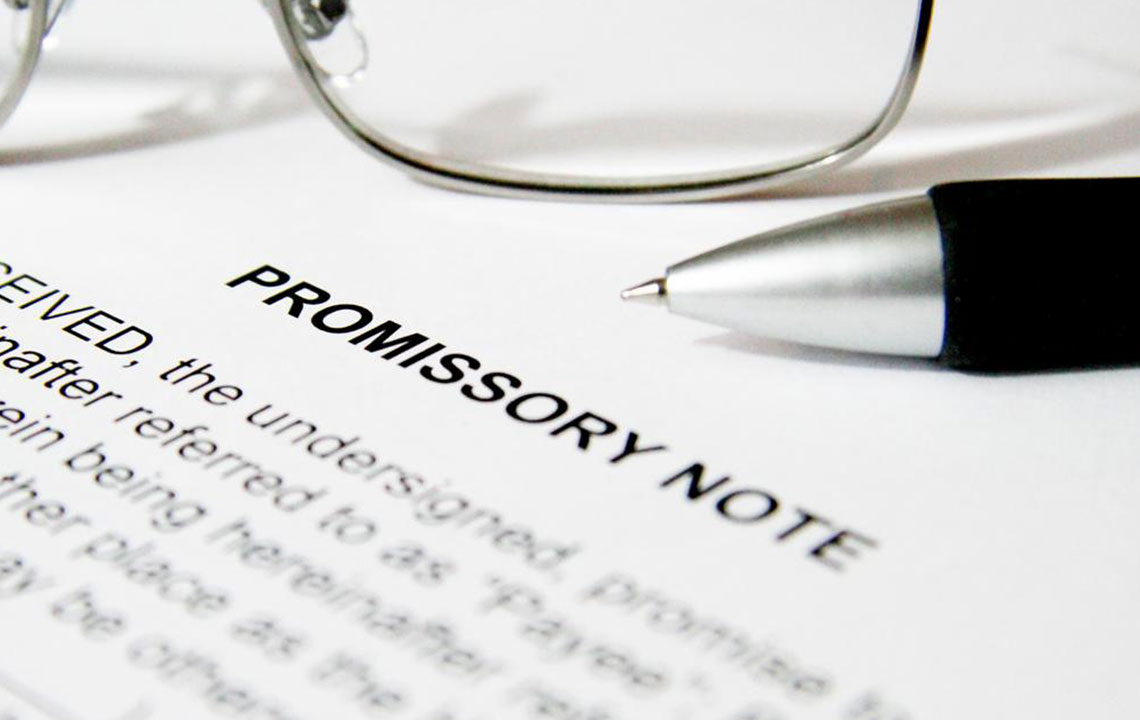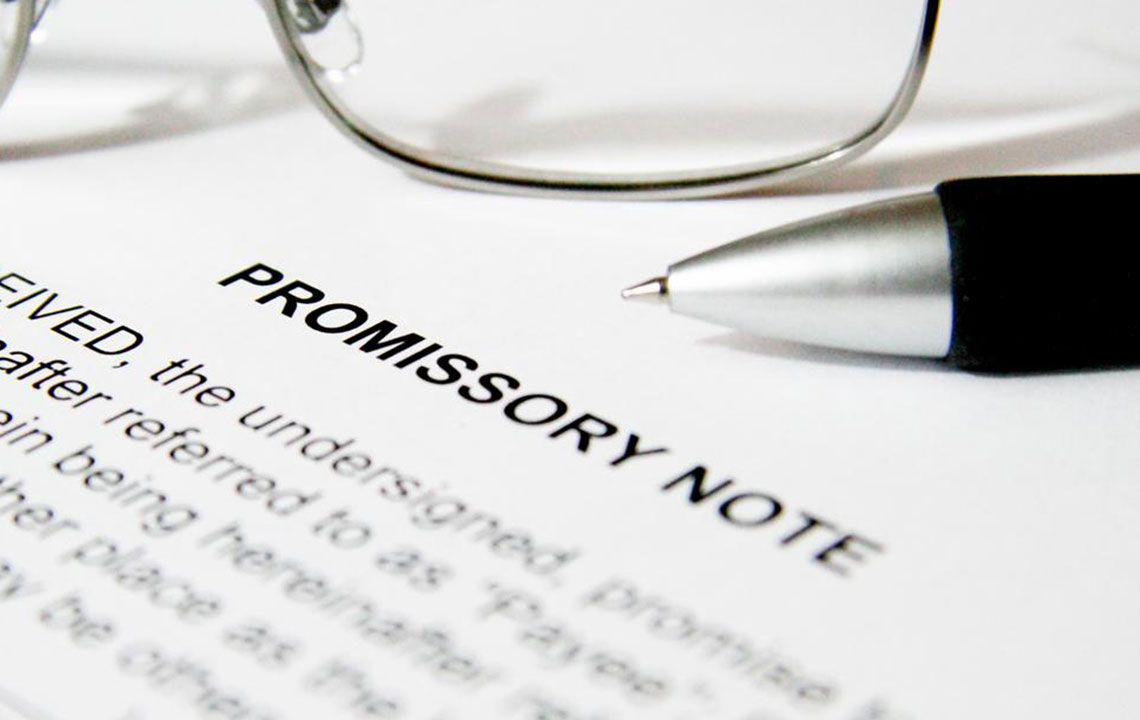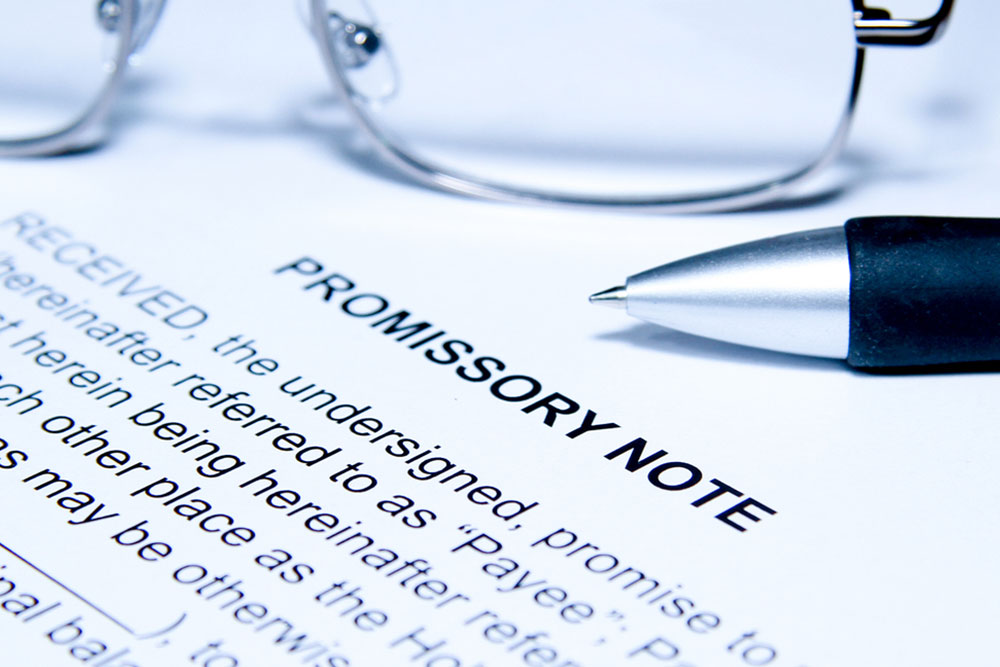Comprehensive Guide to Essential Components of a Promissory Note
This detailed guide explores the essential components of a promissory note, including parties involved, repayment terms, due dates, default provisions, and additional clauses. It emphasizes the importance of clarity and legal validity in loan agreements, offering practical insights for borrowers and lenders to craft comprehensive and enforceable promissory notes. Learn how to protect your interests and ensure smooth financial transactions with these fundamental elements.

Understanding the Critical Elements of a Promissory Note
A promissory note is a legally binding document that outlines a borrower’s promise to repay a specific amount of money to a lender within a predetermined timeframe. It serves as a written acknowledgment of a debt and is often used in personal loans, business financing, or real estate transactions. For the document to be enforceable and clear, it must include several key elements that cover all necessary details of the agreement.
1. Identification of the Parties Involved
One of the foundational components of a promissory note is clearly identifying the borrower and the lender. The document should specify the full legal names of both parties involved. Typically, only the borrower signs the note, confirming their obligation to repay the loan. However, including the lender’s signature can strengthen the enforceability, depending on local laws and regulations. This section sets the stage for the contractual relationship and ensures that both parties are properly identified.
2. Precise Repayment Amount
The note must detail the principal sum borrowed, which is the original loan amount. Additionally, it should specify the interest rate applied to the principal, whether fixed or variable. This clarity prevents misunderstandings regarding how much the borrower owes over time, and it allows both parties to have a transparent understanding of the financial obligation involved.
3. Terms of Repayment and Payment Schedule
Clear payment terms are critical to avoiding disputes. The promissory note should outline how the repayment will be made—whether through fixed installments, a lump sum, or on-demand payments. If payments are to be made periodically, the schedule should specify the due dates for each installment, the amount due at each interval, and whether any balloon payments are expected at the end of the term. Including details about late payment penalties or grace periods adds further clarity and helps enforce timely repayment.
4. Due Date and Maturity
The document must explicitly state the final due date for full repayment, including both principal and interest. This date indicates when the payment obligation concludes and helps prevent uncertainties. Specifying a precise maturity date is essential for legal clarity and ensures both parties agree on the timeline.
5. Default Provisions and Legal Consequences
A well-drafted promissory note should specify what constitutes default—such as missed payments or breach of terms—and the consequences thereof. These may include legal actions, accrued interest on overdue amounts, or foreclosure in secured loans. Notarizing the note can increase its legal enforceability, and default can involve additional legal costs for the borrower, which should also be outlined.
6. Additional Clauses and Provisions
Beyond the core elements, the promissory note can include supplementary clauses to safeguard both parties. These may encompass acceleration clauses that allow the entire debt to become due if certain events occur, collateral agreements if the loan is secured, amendments to modify terms, governing law specifying which jurisdiction’s laws apply, late fees for overdue payments, prepayment options that allow early repayment without penalty, and transfer rights enabling the lender to assign the debt to another party. Including these elements ensures a comprehensive and enforceable agreement.
In summary, a promissory note is a vital legal document that formalizes a loan agreement. Ensuring it contains the six critical elements outlined above helps protect both the borrower and the lender, reduces misunderstandings, and enhances legal enforceability. Whether it's a personal loan, business financing, or real estate transaction, accurately drafting a promissory note with these components is essential to establishing a clear, enforceable, and fair loan agreement.




